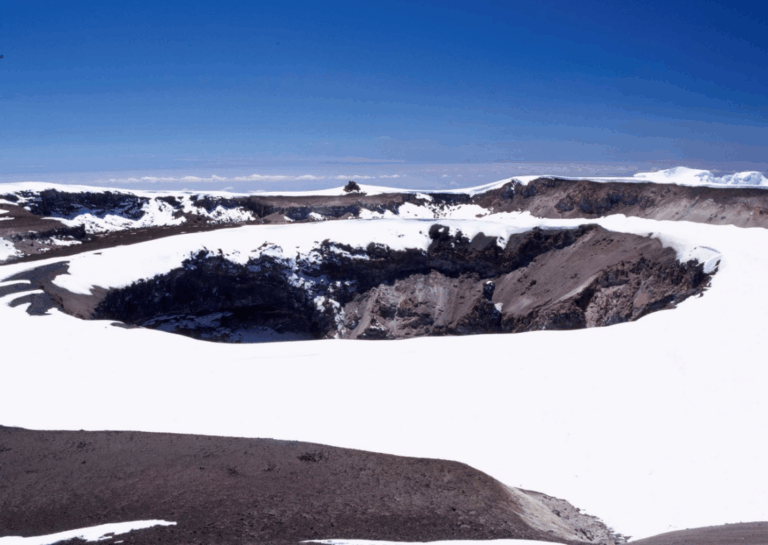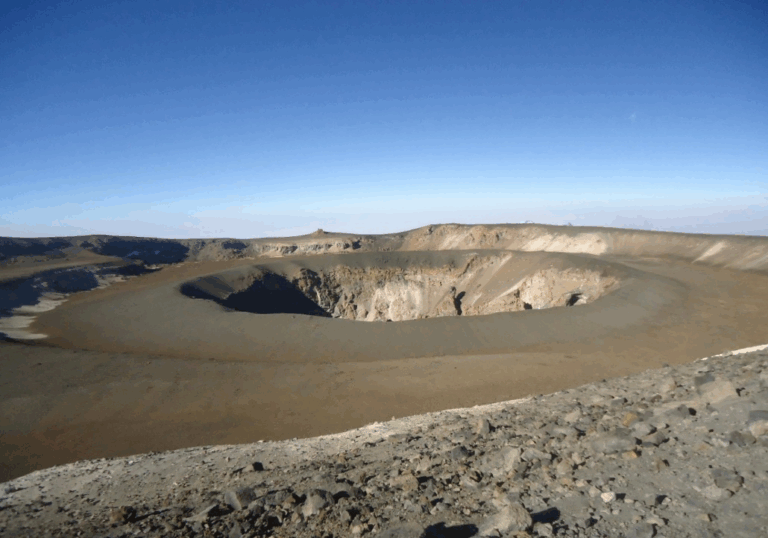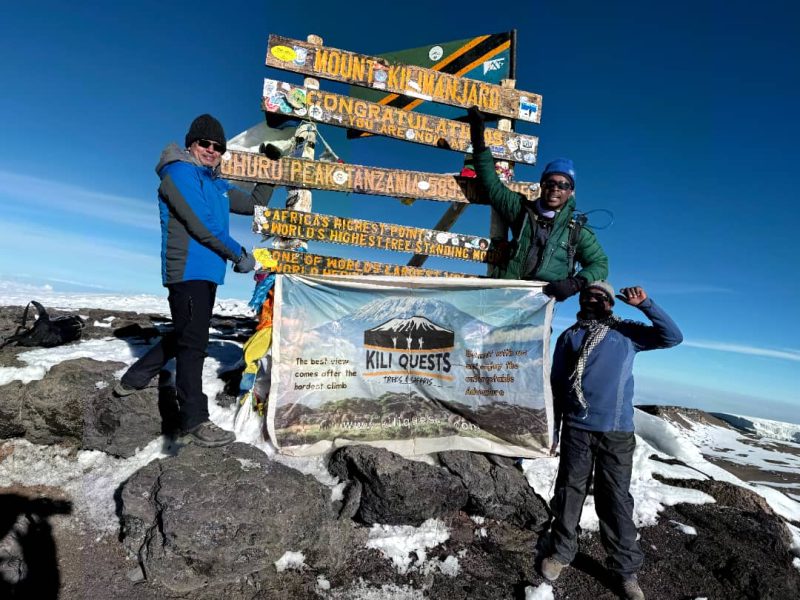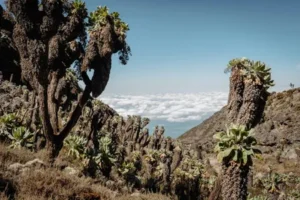
Uhuru Peak Meaning: Kilimanjaro’s Summit & Independence
Table of Contents From Kaiser Wilhelm Spitze to Uhuru Peak: Kilimanjaro and Tanzania’s Independence | Kili Quests Mount Kilimanjaro’s summit is known today as




Shira Cone (2.5 million years ago)


Table of Contents From Kaiser Wilhelm Spitze to Uhuru Peak: Kilimanjaro and Tanzania’s Independence | Kili Quests Mount Kilimanjaro’s summit is known today as

Table of Contents Flora and Fauna on Mount Kilimanjaro: What You’ll See on the Mountain Mount Kilimanjaro isn’t just Africa’s highest peak — it’s

Table of Contents Who Was Hans Meyer? The First Ascent of Kilimanjaro | Kili Quests In 1889, a German geographer named Hans Meyer became
@2025 Kili Quests. All rights reserved.